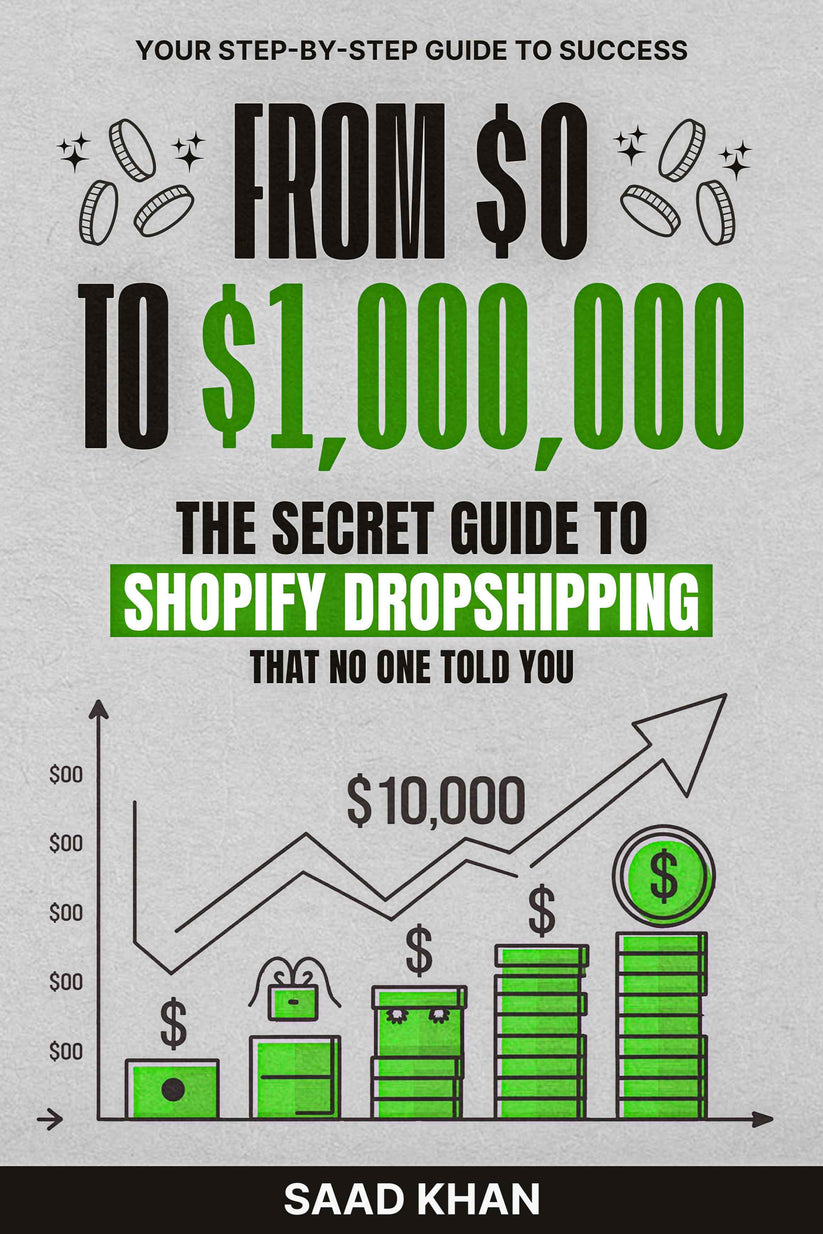Summary
In 2025, Shopify remains the go-to platform for dropshipping, offering three distinct setup methods to suit all experience levels and streamlined integrations with leading supplier and fulfillment apps. Dropshipping’s appeal endures due to its low upfront costs and minimal inventory risk, while new trends—like AI-driven product research and automated order management—supercharge growth potential. Successful merchants focus on niche selection, customer experience, and data-driven marketing to stand out in a crowded market. Scaling then hinges on automation tools (DSers, AutoDS) and continuous optimization of creative assets and ad spend.
GET INSTANT ACCESS TO YOUR BEGINNERS GUIDE TO DROPSHIPPING IN 2025.
Introduction
Shopify dropshipping remains one of the most accessible e-commerce models in 2025. By acting as a middleman between suppliers and customers, entrepreneurs can launch an online store without investing heavily in inventory. This guide will walk you through why Shopify excels for dropshipping, how to get started, proven marketing tactics, and strategies for scaling your venture.
Why Shopify for Dropshipping in 2025
Shopify offers three easy ways to start dropshipping—via native integrations, third-party apps, or custom API solutions—catering to beginners and advanced sellers alike.
Moreover, the platform’s massive app ecosystem—including Oberlo, DSers, and Spocket—automates product importing, order fulfillment, and inventory sync, slashing operational overhead.
Shopify’s robust analytics dashboard allows you to track conversions, average order value, and marketing ROI in real time, enabling data-driven decisions.
Getting Started: 9 Essential Steps
-
Choose a Profitable Niche. Focus on a specific market segment to minimize competition and tailor your marketing. Leverage tools like Google Trends and Shopify’s product research apps for product-trend analysis.
-
Set Up Your Store. Sign up for Shopify, pick a conversion-optimized theme, and configure essential settings (tax, shipping, and payments).
-
Integrate a Dropshipping App. Install Oberlo, DSers, or AutoDS to import products directly from AliExpress or other supplier networks, and automate order routing.
-
Craft Compelling Product Pages. Write benefit-driven descriptions, include high-quality images, and add social proof (reviews, testimonials) to boost trust.
-
Set Profit Margins Wisely. Aim for a markup of 2.5×–3× the cost price, with at least a $20 gross margin to ensure sustainability.
-
Launch Softly. Start with a small paid-ad budget to test ads and creatives before scaling your spend.
-
Implement Basic SEO. Optimize page titles, meta descriptions, and URLs; create blog content targeting long-tail keywords to attract organic traffic.
-
Set Up Email Marketing. Use abandoned-cart campaigns and welcome series to recapture lost sales and build customer relationships.
-
Monitor KPIs. Track conversion rate, average order value, and customer acquisition cost daily to identify optimization opportunities.
Marketing & Traffic Generation
-
Paid Ads: Facebook and Instagram remain top channels. Allocate 80% of your ad budget to high-performing creatives and offers, then test variations for incremental gains.
-
Content Marketing: Publish “how-to” and case-study blog posts on your Shopify store to attract organic traffic; include internal links to product pages.
-
Social Proof & UGC: Encourage customers to share unboxing videos or photos; showcase these on product pages and ads to boost conversion.
-
Influencer Collaborations: Partner with micro-influencers in your niche for authentic endorsements and code-driven discounts.
Scaling & Optimization
Once you’ve proven your model, scale via:
-
Automation Tools: DSers and AutoDS for order routing and supplier vetting, ensuring fast and reliable fulfillment.
-
Creative Rotations: Refresh ad creatives and copy every 7–10 days to combat ad fatigue and maintain CPM efficiency.
-
Diversified Channels: Expand into TikTok Ads, Google Shopping, and Pinterest as secondary traffic sources.
-
Customer Retention: Implement loyalty programs and VIP tiers to increase repeat purchases; set up post-purchase email flows for upsells.
Conclusion
Dropshipping on Shopify in 2025 offers unparalleled ease of entry and scalability—but success demands disciplined execution. Focus on niche selection, leverage Shopify’s automation ecosystem, and adopt a data-driven marketing approach. With these strategies, you can build a resilient, profitable dropshipping business this year.


